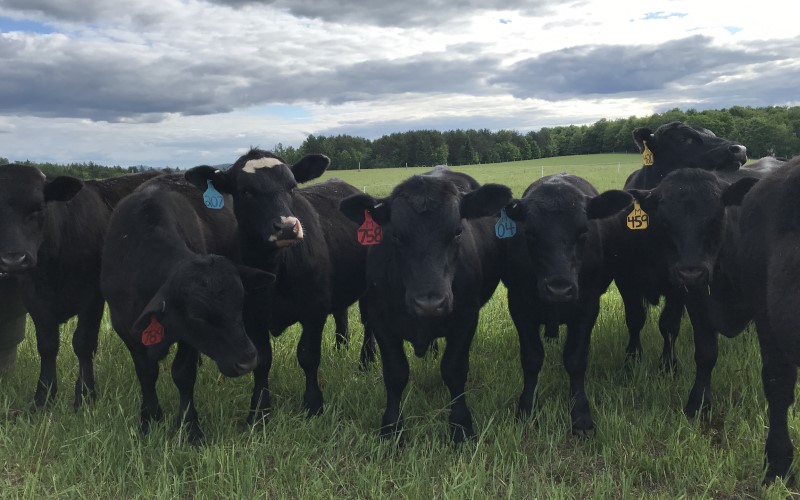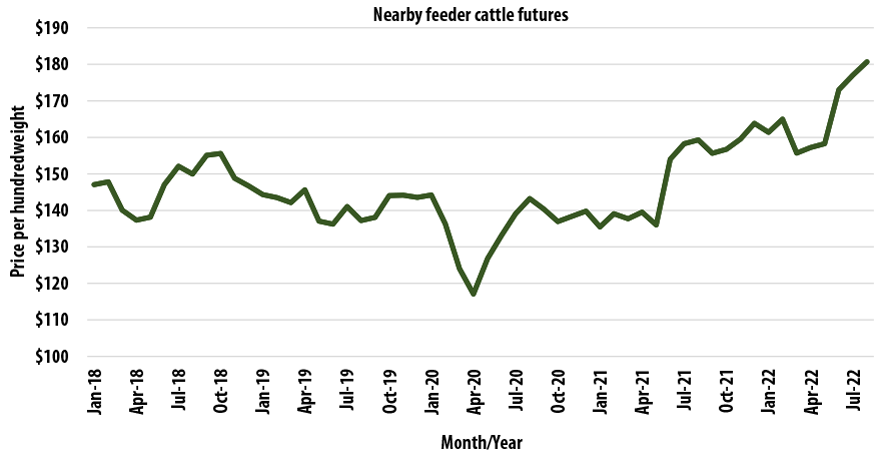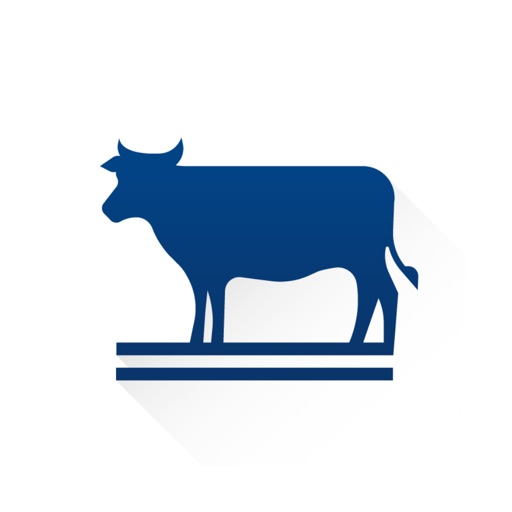Understanding Animals Danger Protection (LRP) Insurance Coverage: A Comprehensive Overview
Browsing the world of livestock risk defense (LRP) insurance policy can be a complicated venture for many in the farming field. From just how LRP insurance policy functions to the various coverage options offered, there is much to discover in this detailed overview that might potentially shape the way livestock producers come close to threat monitoring in their companies.

Exactly How LRP Insurance Coverage Works
Occasionally, understanding the auto mechanics of Livestock Risk Protection (LRP) insurance can be complex, yet breaking down just how it functions can provide quality for farmers and ranchers. LRP insurance coverage is a risk monitoring device designed to secure livestock manufacturers against unforeseen rate decreases. The policy allows producers to establish a protection degree based on their certain needs, selecting the number of head, weight range, and insurance coverage price. When the plan is in place, if market rates fall below the coverage rate, manufacturers can file an insurance claim for the distinction. It is very important to keep in mind that LRP insurance policy is not an income warranty; rather, it focuses entirely on rate risk security. The coverage period typically ranges from 13 to 52 weeks, supplying adaptability for producers to choose a duration that lines up with their manufacturing cycle. By making use of LRP insurance, herdsmans and farmers can mitigate the financial dangers connected with fluctuating market costs, guaranteeing better stability in their operations.
Qualification and Insurance Coverage Options

When it comes to protection alternatives, LRP insurance policy offers manufacturers the versatility to choose the insurance coverage degree, coverage duration, and recommendations that finest fit their danger administration needs. By understanding the qualification standards and insurance coverage choices available, animals manufacturers can make educated decisions to manage threat properly.
Advantages And Disadvantages of LRP Insurance Policy
When assessing Livestock Risk Protection (LRP) insurance, it is necessary for animals producers to consider the benefits and downsides inherent in this threat administration device.

One of the main benefits of LRP insurance coverage is its ability to supply defense against a decline in livestock costs. This can assist guard producers from monetary losses resulting from market changes. In addition, LRP insurance provides a degree of adaptability, allowing producers to personalize insurance coverage degrees and plan periods to match their details needs. By securing an ensured cost for their animals, manufacturers can much better take care of threat and plan for the future.
One limitation of LRP insurance policy is that it does not secure against all kinds of dangers, such as illness outbreaks or natural calamities. It is critical for producers to very carefully analyze their individual risk exposure and economic situation to establish if LRP insurance policy is the appropriate risk administration tool for their procedure.
Recognizing LRP Insurance Policy Premiums

Tips for Making The Most Of LRP Perks
Maximizing the benefits of Animals Threat Security (LRP) insurance policy requires calculated preparation and aggressive threat management - Bagley Risk Management. To take try here advantage of your LRP insurance go to website coverage, consider the complying with tips:
Routinely Analyze Market Conditions: Remain educated regarding market fads and cost changes in the livestock industry. By keeping track of these factors, you can make educated decisions about when to acquire LRP protection to safeguard versus prospective losses.
Establish Realistic Insurance Coverage Degrees: When picking coverage levels, consider your manufacturing prices, market value of animals, and possible dangers - Bagley Risk Management. Setting realistic insurance coverage degrees guarantees that you are sufficiently safeguarded without paying too much for unnecessary insurance
Diversify Your Coverage: Rather of relying exclusively on LRP insurance, take into consideration expanding your danger administration methods. Integrating LRP with various other risk monitoring devices such as futures contracts or options can supply detailed insurance coverage against market unpredictabilities.
Review and Adjust Protection Routinely: As market conditions transform, occasionally review your LRP insurance coverage to guarantee it straightens with your current danger direct exposure. Adjusting coverage degrees and timing of acquisitions can help enhance your danger protection method. By following these ideas, you can take full advantage of the benefits of LRP insurance coverage and guard your animals procedure versus unforeseen dangers.
Conclusion
Finally, livestock danger protection (LRP) insurance is a useful tool for farmers to take care of the economic dangers related to their animals procedures. By understanding how LRP works, qualification and insurance coverage alternatives, as well as the pros and disadvantages of this insurance, farmers can make educated decisions to shield their incomes. By thoroughly taking into consideration LRP costs and applying strategies to optimize benefits, farmers can reduce prospective losses and ensure the sustainability of their operations.
Livestock manufacturers interested in obtaining Animals Threat Protection (LRP) insurance can check out an array of qualification criteria and coverage choices tailored to their details livestock procedures.When it comes to insurance coverage choices, LRP insurance coverage provides producers the versatility to select the coverage degree, insurance coverage period, and endorsements that finest suit their threat monitoring demands.To realize the details of Animals Threat Defense (LRP) insurance fully, understanding the factors affecting LRP insurance costs is important. LRP insurance costs are determined by numerous aspects, including the insurance look what i found coverage degree selected, the expected price of livestock at the end of the coverage duration, the type of livestock being insured, and the length of the insurance coverage period.Testimonial and Change Insurance Coverage Regularly: As market conditions transform, periodically examine your LRP coverage to ensure it aligns with your current threat direct exposure.